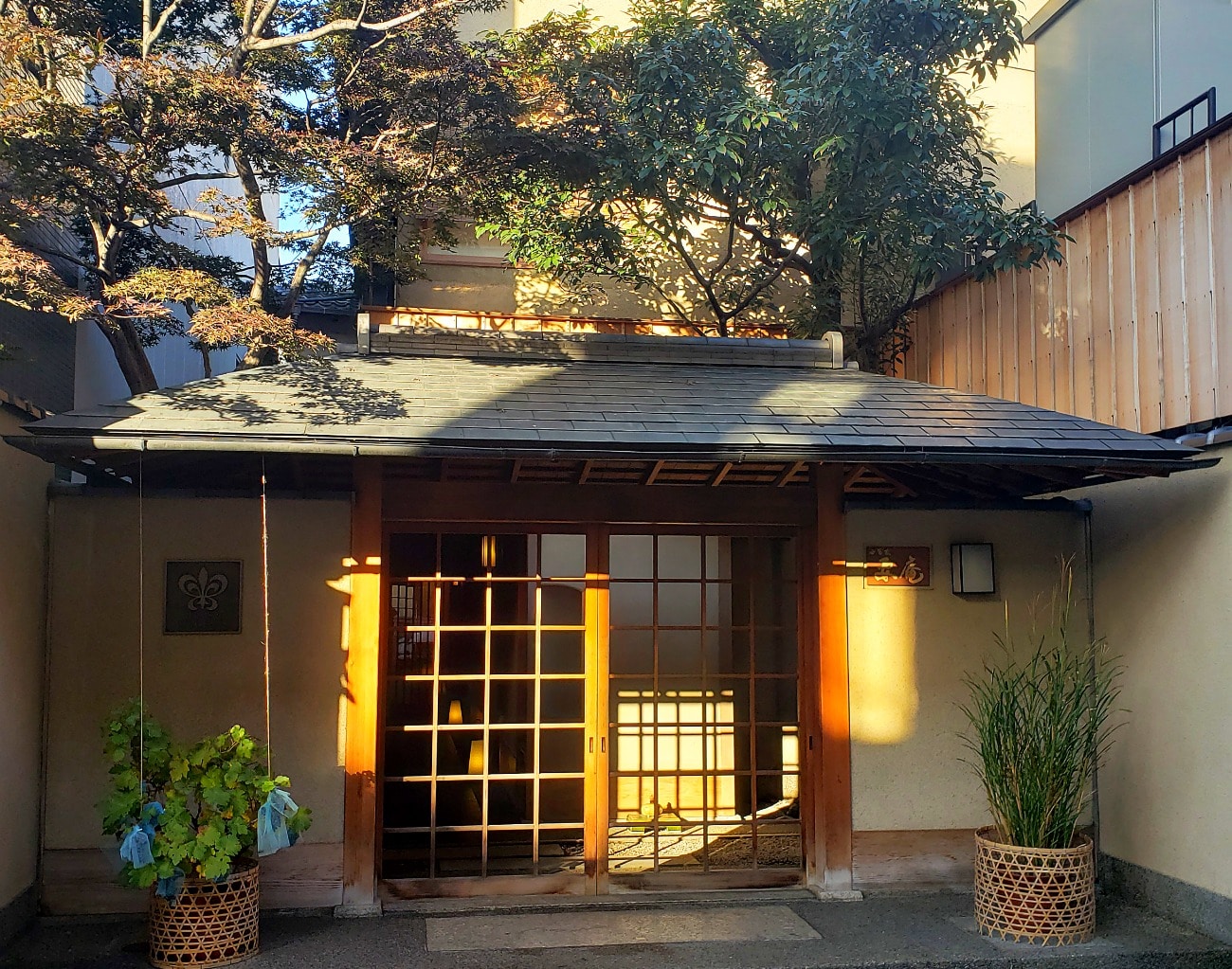Kyoto’s charms lie in its hidden alleys, majestic shrines and the careful preservation of traditions more modern cities like Tokyo have lost. And there’s no better way to experience the old-world charm of the city than in a ryokan, a traditional inn in one of the city’s old wooden houses. This experience can be the highlight of a visit to the city, but it’s important to understand the differences between Japanese and Western accommodations so you don’t come away disappointed.
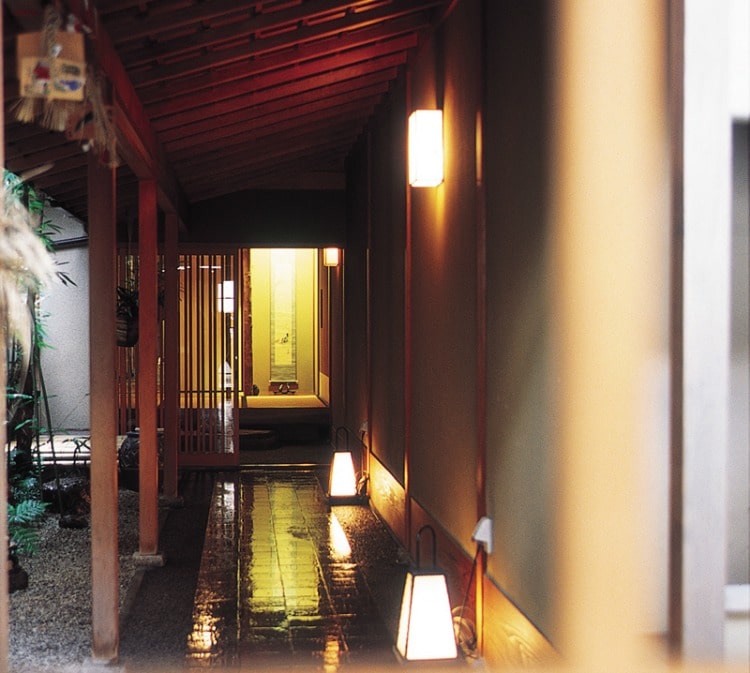
A Respite from the Modern World
Ryokans have reputedly been around since the early 8th century and today they are popular with visitors looking for a respite from the modern world. Most ryokans do not have traditional western beds and usually the mattresses are firm and placed on the floor, which is covered in tatami mats. Older Japanese homes do not have heat in the Western sense, but the floor will be heated which keeps the room (and bed) toasty regardless.
Named in honor of the district’s famed fan makers, Kanamean Nishitomiya occupies a 145-year-old wooden house tucked on a side street just a block from the Nishiki Market. In Kyoto, location is key as the downtown area can feel a bit soulless. The side streets near Kanamean have a neighborhood feel, full of small workshops, boutiques and restaurants. Nishiki is the city’s primary market, five narrow covered streets packed with stands selling sweets and savories, along with fruit, vegetables and fish. Just as conveniently, the Imperial Palace is a brisk twenty-minute walk as is the geisha district of Gion and the iconic shrines of Higashiyama, both across the Kamo River.
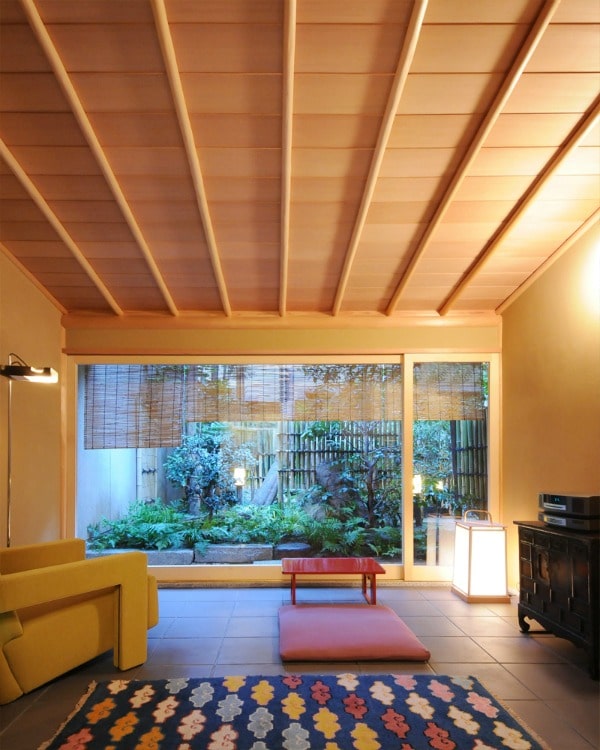
A Relais & Chateau Property
Kanamean is a Relais & Chateau property and everything here highlights the brand’s exquisite style. The fifth-generation hosts, Mr. and Mrs. Nishida, are a charming couple that enjoys traveling the world when they can steal away from their ryokan. Their staff is lovely, effortlessly polite in the Japanese way, with most able to command a decent level of English.
The floors are covered in tatami mats so you will remove your shoes at the doorway and leave them outside. The staff will slide open the front door and greet you warmly when you arrive and every time you come or go after that. You’ll be invited to sit at a table to check in and are served a choice of warm or cold green tea. If you’ve been smart and forwarded your luggage via delivery service – the ultimate Japanese convenience – it will have been placed in your room.
The rooms?
A study in Japanese simplicity. Japan will challenge your idea of what the word “simple” means. Too often, high end luxury properties pack in the design details. But sometimes simple is best. In this case, it’s an understated elegance that fits to perfection.
Each suite has a view of the interior garden with a few offering direct access to the outdoors. The main room will be converted into sleeping quarters by the staff when you’re out during the day and the wooden bathtub will be filled for your return. Just remember to shower first before getting into a bath in Japan. Baths are for relaxation, not cleansing. Water, tea and mini Japanese beers are all complimentary with the room, as are all the amenities you could ever want – Japanese accommodations are equipped with more varied, higher quality articles than Western hotels.
About the beds. Sleeping on a mattress on the ground rather than the customary Western box spring takes some getting used to. Personally, it took me a few nights. Visitors with back problems should think twice about this experience.
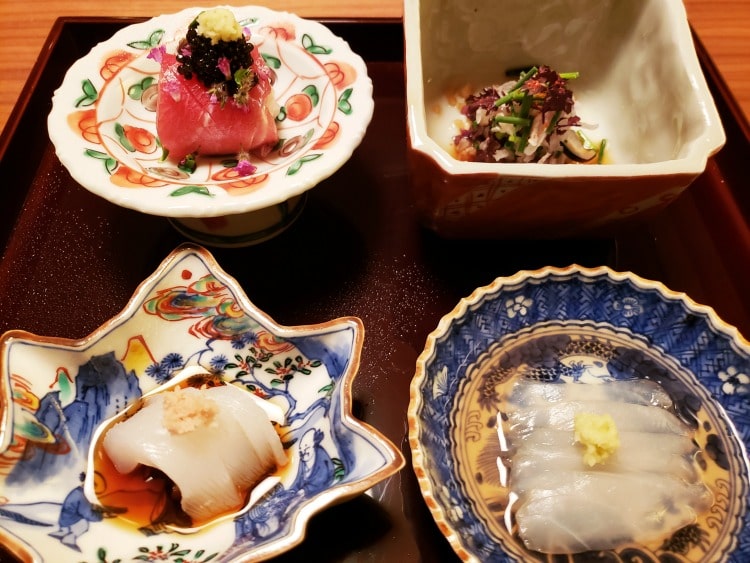
Traditional Kaiseki Style Dining
One of the treats of staying at a ryokan is dining in the traditional kaiseki style and Kanamean, a holder of 1 Michelin star from 2013 to 2019, serves a multi-course feast. The meal, served by the Nishidas themselves, was stellar, on the level of any meal I’ve enjoyed in the world’s best restaurants. In Japan, the seasons are worshipped, and the November menu was full of fall flavors including a soup with five types of mushrooms, the famed snow crab from Hyogo and a dashi broth with a grilled rice ball and truffles from Italy. As is typical of kaiseki meals in Kyoto, the courses feature vegetables and seafood with only one meat course. In our case, it was incredibly tender beef from Kagoshima prefecture served shabu-shabu style with more truffles – of course! Dessert was impeccably sourced seasonal fruit because simplicity equals perfection. The owners are wine collectors and have an extensive Old-World selection, as well as sake and shochu.
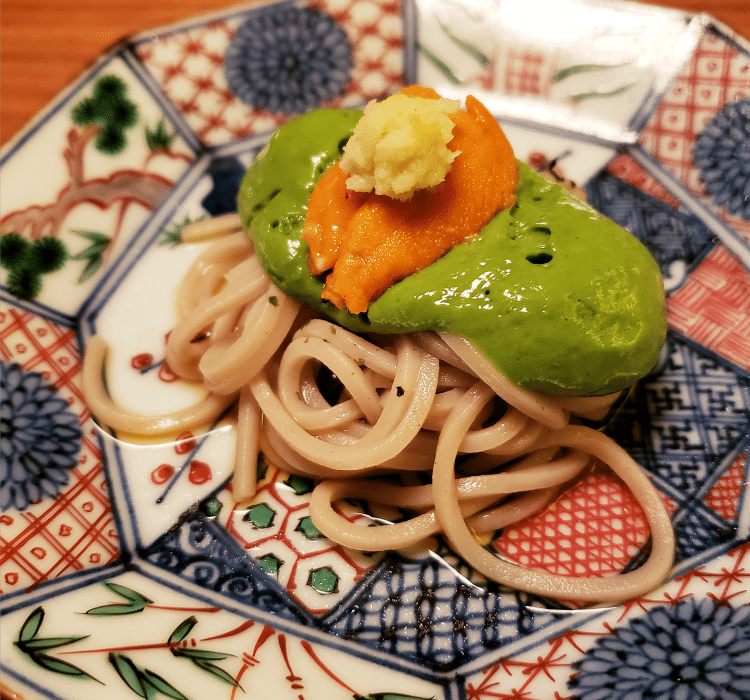
If you’ve read on this far, then you will gather this is not an inexpensive endeavor. Nor should it be. This is an experience you will carry with you forever. Warm hospitality without fawning, precision in design, attention to every detail and incredible meals – the essence of Japanese tradition and something to remember always.
[alert type=white]
Kanamean Nishitomiya
Tominokouji Rokkaku Sagaru Nakagyo-ku, Kyoto
www.kanamean.co.jp
[/alert]

